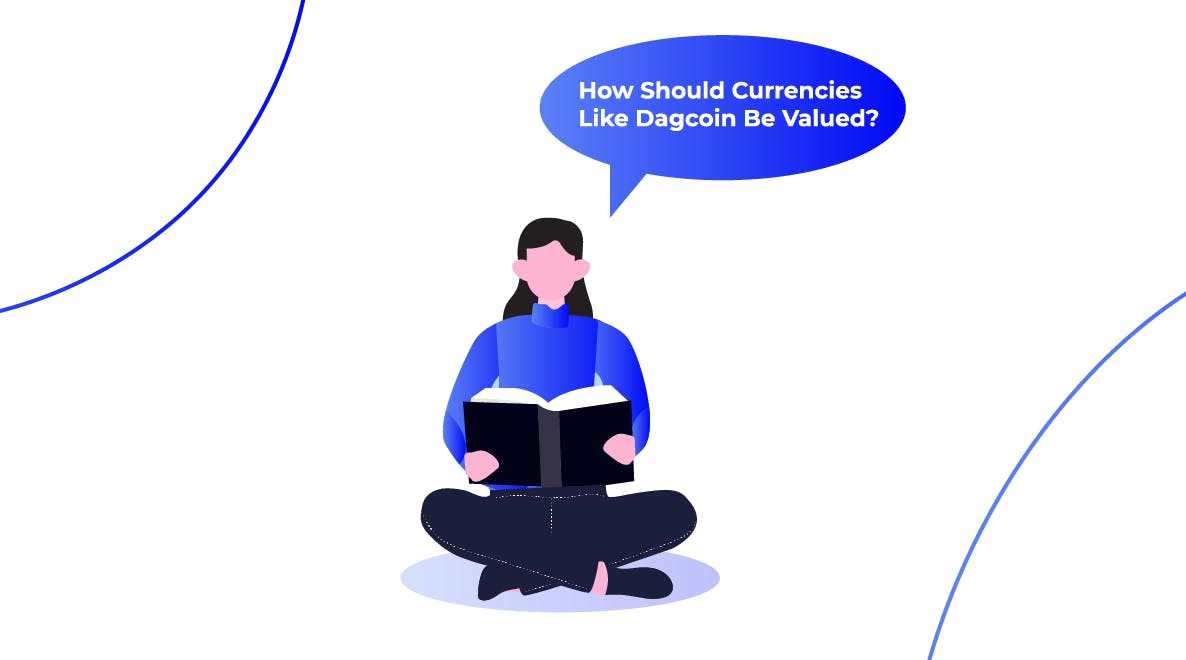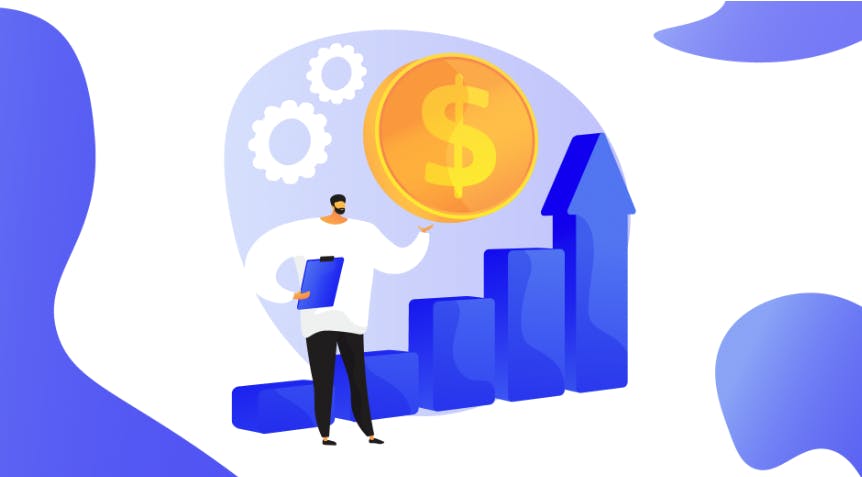What is the true value of something? Items we purchase can also lose value over time as a result of wear and tear or new and better technologies. Computers and phones are great examples of this. Buy a $1000 smartphone today, and in just 5 short years it will be practically worthless.
But what exactly creates the value behind the money in our pockets or the cryptocurrencies in our digital wallets? And, should this change?
How Were Regular Currencies Valued?
Classic metal coins – what we would call money today – began to enter circulation thousands of years ago. This money gained its value from the material it was made of, a gold coin obviously being more valuable than a silver, bronze, or even copper coin.
This system was in place until the advent of paper money which worked on the premise that paper or non-precious metal coins provided by a bank or government could be exchanged for a certain amount of a precious metal if the holder of the money wished. For example, one British Pound used to be exchangeable for approximately 450g of silver.
How They’re Valued Today
However, today, no major currency in the world bases its value on an exchangeable weight of gold, silver or any other metal. The problem with this was that no country could increase how much money was in circulation without also increasing the amount of gold, silver, etc., that it held in its reserves.
A fiat currency creates its value based on how much of the currency is in circulation, the number of people who are using it, as well as the health of the national economy it is from. This kind of currency gives governments more options. For example, when we look back at the financial crisis 10 years ago, governments were able to print more money. This meant that there was more money in the system that could be lent out to both individuals and businesses who could use this to buy goods or services, hire more workers or expand operations, the aim being to stimulate growth.
What Should The Value of Cryptocurrencies Be Based On?
We must understand that with cryptos, there is no bank or government in control of them and that almost all of them have a fixed number of coins in circulation or that can be mined. For this reason, no additional coins can be created to stimulate an economy during a downturn or even be taken away when inflation is too high.
Cryptocurrency can only realistically be based on the size of the community using it, the number of businesses who accept and the number of transactions that take place each day using it.
This is why Dagcoin has been created with a focus on usability. This has been done by creating a free suite of software to make it easy for businesses to start accepting Dagcoin. This software attracts merchants, which attracts users, which in turn attracts more merchants, and so on. So far Dagcoin has grown to over 300,000 users and 700 merchants worldwide. This focus on usability also means that Dagcoin cannot be traded and is found on no such exchange for that reason.
Once the community is huge, Dagcoin will be valued by the laws of supply and demand. This will happen when the usability has reached levels that the price of Dagcoin is not influenced by trading.
Conclusion
Today, money gains its value from the government of the nation that controls it, the number of people using the currency and the state of the national economy. People have trust in the currency and trading does not influence the everyday price of it. Cryptocurrencies cannot gain their value in the same way in the beginning, therefore the value must be first based on:
- The number of people using the coin
- The number of businesses that accept the coin
- The number of daily transactions using the coin
…and that’s exactly how and why Dagcoin is valued in this way.





